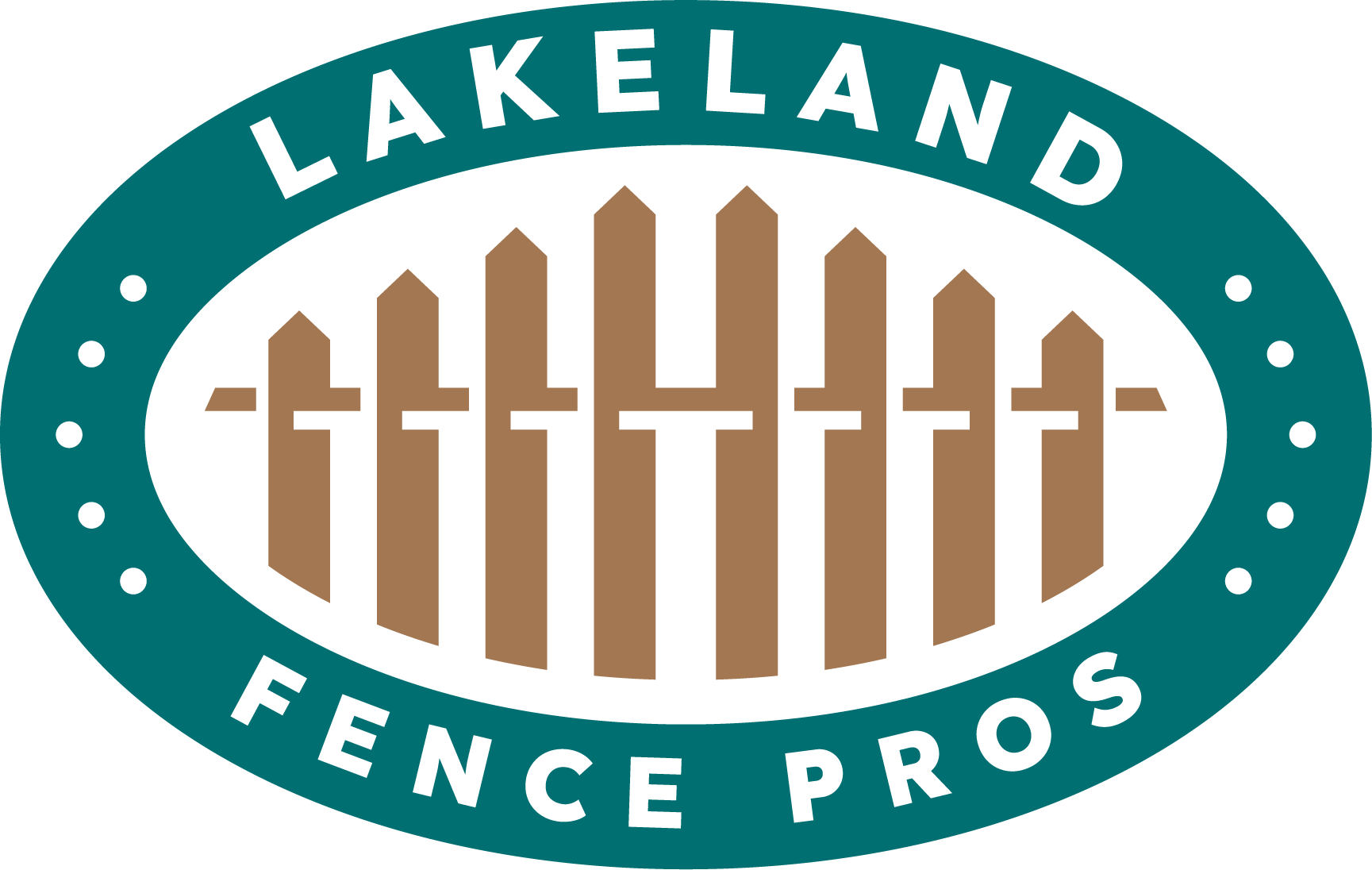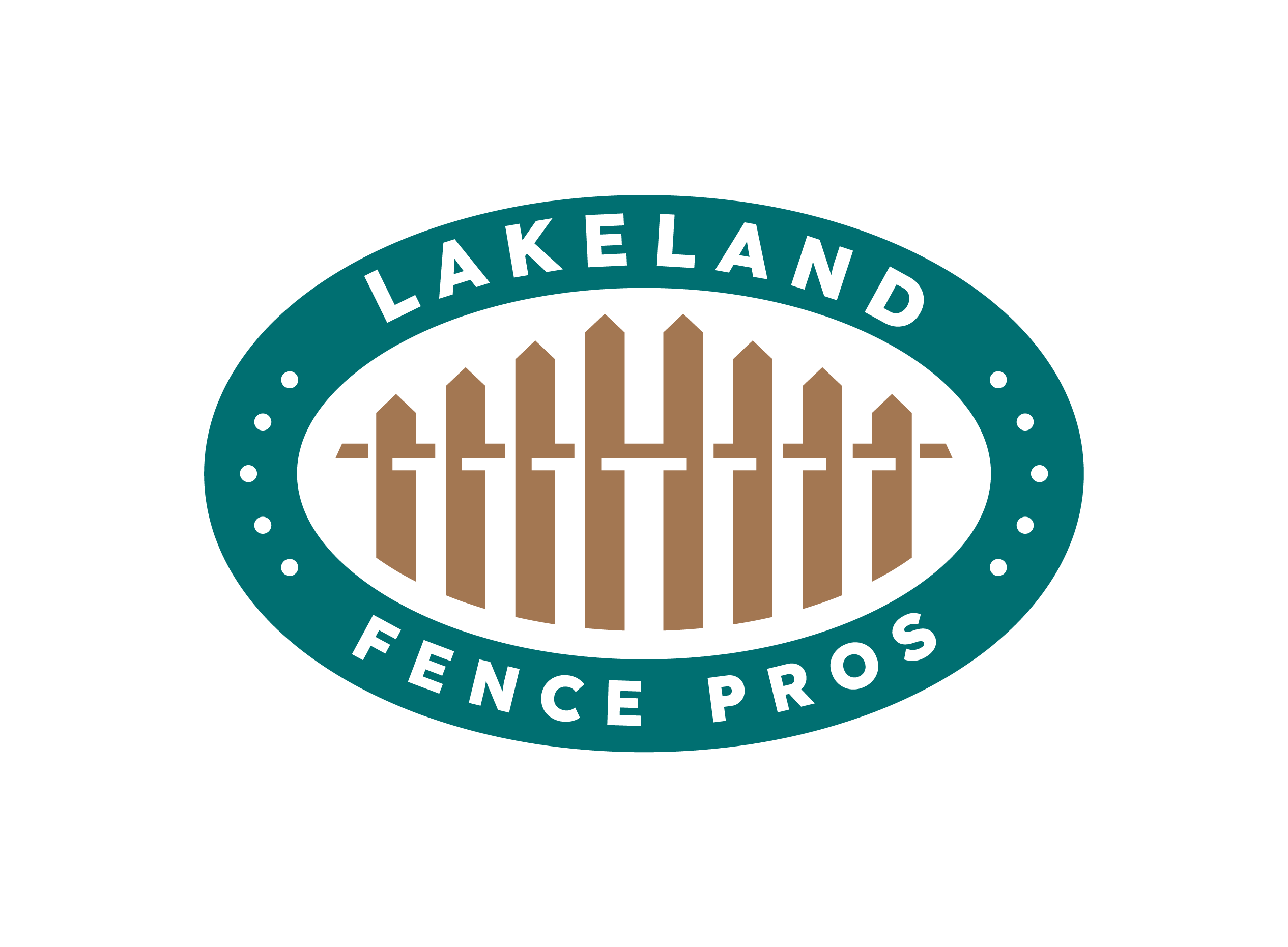When it comes to creating a fence that is stylish, sustainable, and budget-friendly, a natural reed fence is one of the most versatile choices available. Crafted from fast-growing reed plants, this eco-friendly fencing option brings rustic charm and blends seamlessly into outdoor landscapes. Unlike solid wood or metal fencing, reed panels allow air and light to flow through while still offering privacy and a natural barrier. Whether you want to frame a backyard garden, cover an old chain-link fence, or add a decorative privacy screen to your patio, reed fencing panels are a functional and attractive solution.
For homeowners in Central Florida, including Lakeland, Polk County, and nearby areas, reed fencing provides an affordable alternative that fits perfectly with Florida’s sunny climate and lush greenery. Let’s explore the benefits, types, installation process, maintenance tips, and creative uses of natural reed fences so you can decide if it’s the right choice for your outdoor space.
Benefits of Natural Reed Fencing
Choosing a reed fence comes with several advantages that make it popular among homeowners, landscapers, and garden enthusiasts:
-
Eco-Friendly Choice – Made from renewable reed plants, this fence material is sustainable and biodegradable, making it a smart alternative to plastic or chemically treated wood.
-
Affordable – Compared to wood, vinyl, or aluminum fences, reed fencing panels are cost-effective while still offering a natural aesthetic.
-
Rustic Charm – The earthy, textured look adds warmth and character to gardens, patios, and backyards.
-
Moderate Privacy – While not completely solid, reed fences block direct views and create a cozy, private atmosphere.
-
Lightweight & Flexible – Easy to install, cut, and customize, making it ideal for DIY fencing projects.
-
Versatility – Works as a standalone fence, a decorative garden screen, or a stylish cover for existing fences and walls.
These benefits make reed fencing in Lakeland and throughout Central Florida a practical and eco-conscious choice for outdoor living.
Types of Reed Used in Fencing
Not all reed fences are created equal. The type of reed used impacts durability, appearance, and performance:
-
Phragmites Reed – Thin yet strong, giving a more delicate and refined look.
-
Arundo Donax (Giant Reed) – Thicker and sturdier, providing greater strength and long-lasting durability.
When choosing reed fencing panels, consider whether you want a lightweight decorative screen or a stronger barrier for privacy and landscaping needs.
How to Install a Natural Reed Fence
One of the biggest advantages of reed fencing is its easy installation process. Even beginner DIYers can successfully set up a reed fence with minimal tools.
Tools & Materials Needed:
-
Reed fence rolls or panels
-
Wooden or metal posts
-
Galvanized wire, zip ties, or garden staples
-
Measuring tape, mallet, and scissors
Step-by-Step Installation:
-
Measure & Mark – Plan your fence line and mark post locations.
-
Set the Posts – Anchor wooden or metal posts firmly into the ground for stability.
-
Unroll the Reed Panels – Start from one corner and align the fencing along your posts.
-
Attach Securely – Fasten reed panels with wire or heavy-duty zip ties, spacing ties every 12–18 inches for strength.
-
Trim Excess – Cut off any extra reed for a clean, uniform finish.
For extra durability in Florida’s windy and rainy conditions, consider reinforcing the reed fence with horizontal support rails or sealing the panels with a weather-resistant coating.
Maintenance & Durability of Reed Fencing
Like any natural material, reed fencing requires some care to ensure it lasts. With the right maintenance, your reed fence can last 3–10 years depending on climate and exposure.
-
Apply a Sealant – Use a UV- and water-resistant outdoor sealant shortly after installation.
-
Regular Inspections – Check for loose ties or damaged reeds after storms.
-
Reinforce Weak Areas – Add extra ties or weave in replacement reeds where needed.
-
Clean Occasionally – Rinse with water to remove dust, dirt, or mildew.
Because Central Florida has high humidity, sealing your reed fencing is highly recommended to prevent rotting and extend its lifespan.
Reed Fencing vs. Other Fence Materials
When comparing reed fencing to wood, vinyl, or aluminum, here’s what stands out:
-
Cost-Effective – Cheaper than wood and metal fencing.
-
Eco-Friendly – 100% natural and biodegradable, unlike vinyl or plastic.
-
Aesthetic Appeal – Provides a tropical, rustic look that suits gardens and patios.
-
Durability – Less long-lasting than aluminum or vinyl, but proper care extends its life.
-
Privacy Level – Offers moderate privacy, but not as solid as wood or composite fencing.
If you’re looking for an affordable decorative garden fence in Central Florida, reed is a great option. But if you need a permanent high-security fence, wood, aluminum, or vinyl may be better.
Environmental Benefits of Reed Fencing
For eco-conscious homeowners, reed fencing is a win-win:
-
Renewable Resource – Reeds grow quickly, making them highly sustainable.
-
Minimal Environmental Impact – Harvesting reeds does not require heavy processing or chemicals.
-
Biodegradable – At the end of its life cycle, reed fencing breaks down naturally without harming the environment.
When purchasing, look for sustainably harvested reed panels to ensure responsible sourcing and support environmental conservation.
Creative Ways to Use Reed Fencing
Reed fencing isn’t just for perimeter fencing—it’s one of the most versatile outdoor design materials available. Here are some creative applications:
-
Garden Privacy Screens – Create cozy seating nooks or shade screens.
-
Cover for Chain-Link Fences – Instantly transform unattractive fencing into something stylish.
-
Patio or Pool Enclosure – Add a tropical resort-like feel around outdoor living areas.
-
Trellis for Climbing Plants – Support ivy, jasmine, or morning glory for a lush vertical garden.
-
Backyard Partitions – Divide outdoor areas into zones for dining, gardening, or relaxing.
-
Hide Utility Areas – Conceal AC units, compost bins, or pool pumps with reed fencing panels.
This flexibility makes reed fencing a favorite among Florida homeowners looking to enhance backyard landscaping without breaking the budget.
Conclusion
A natural reed fence is more than just a garden barrier—it’s a sustainable, affordable, and stylish way to transform outdoor spaces. Its eco-friendly materials, rustic appearance, and versatile applications make it perfect for homeowners in Lakeland, Polk County, and across Central Florida who want both beauty and functionality.
With proper installation and maintenance, reed fencing can last for years while enhancing the charm of gardens, patios, and backyards. Whether you need a privacy screen, decorative trellis, or natural fence cover, reed fencing is a smart investment for blending sustainability, affordability, and style in your outdoor living space.
Ready to Upgrade Your Backyard with Reed Fencing?
If you’ve been thinking about adding charm, privacy, and eco-friendly style to your outdoor space, a natural reed fence from Lakeland Fence Pros is the perfect solution. Whether you need a garden divider, poolside privacy screen, or full backyard fence installation, our team is here to help every step of the way.
📞 Call Lakeland Fence Pros today to schedule your FREE consultation and discover how affordable and beautiful reed fencing can be for your home in Lakeland, Polk County, and throughout Central Florida.

